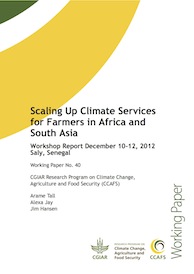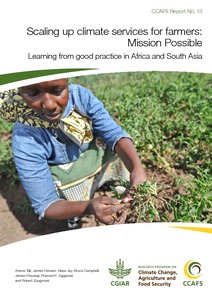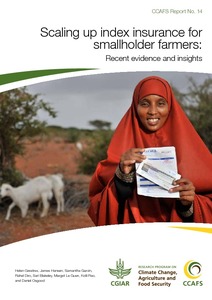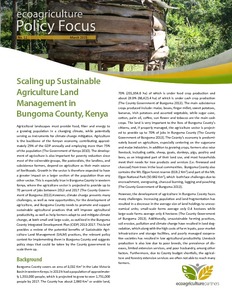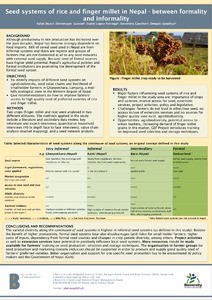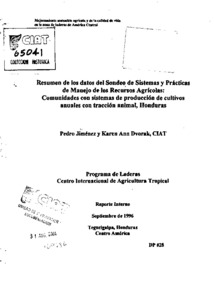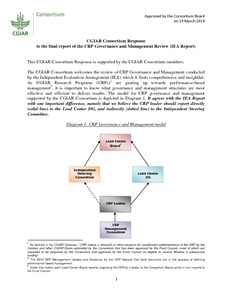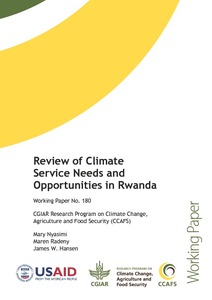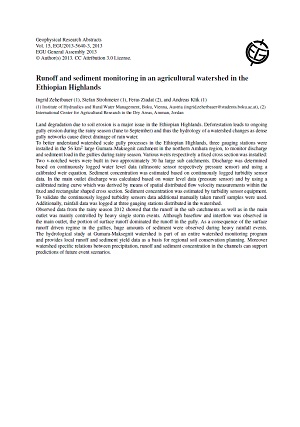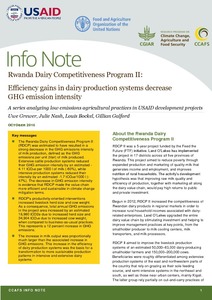Scaling Up Climate Services for Farmers in Africa and South Asia: Workshop Report
This report summarizes the proceedings of the workshop “Scaling Up Climate
Services for Farmers in Africa and South Asia,” held in Saly, Senegal on December
10-12, 2012. The workshop brought together more than 100 experts from 30 countries
and roughly 50 institutions to grapple with the challenge of supporting vulnerable
farming communities through the production, communication, delivery and evaluation
of effective agrometeorological information and advisory services; and to identify
practical actions to address those challenges at scale.

